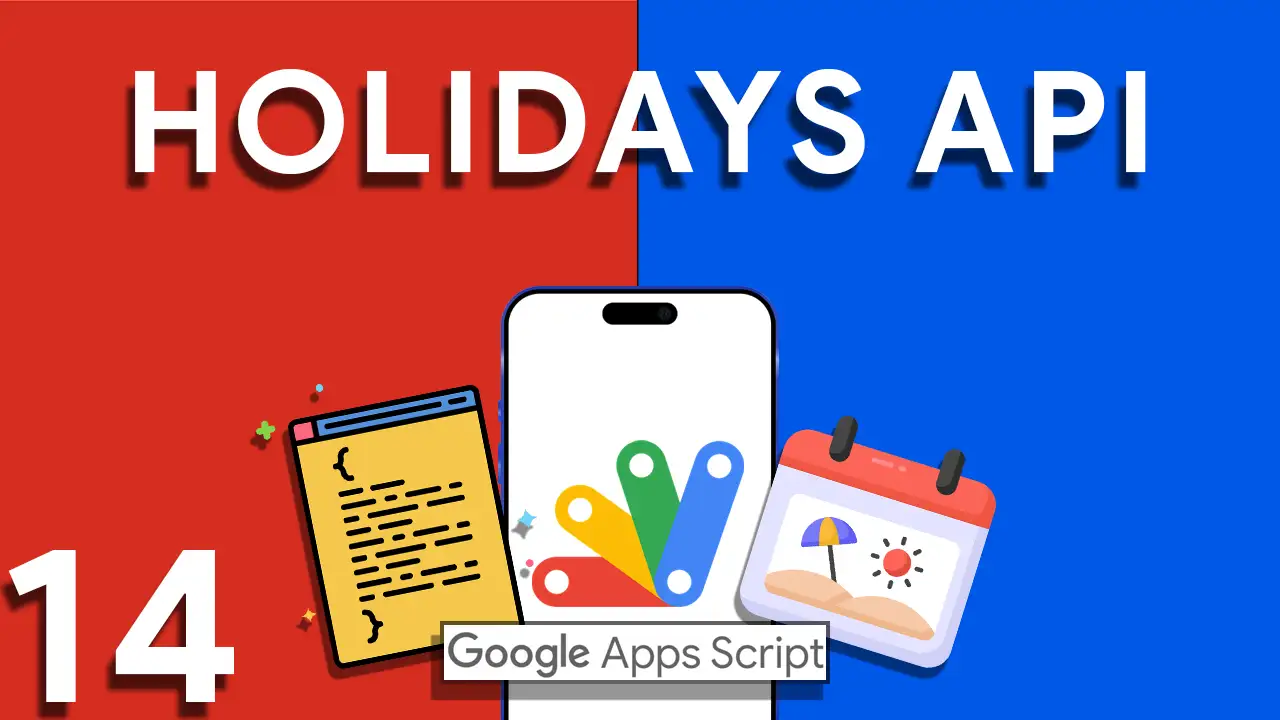Part 3 of our exploration into leveraging AppSheet’s FILTER expression for PDF generation introduces a more nuanced approach: combining multiple conditions to achieve precise data filtering. This method is particularly useful when generating reports that require data to meet several criteria before inclusion.
The FILTER expression is versatile, allowing for the inclusion of logical operators such as AND, OR, and NOT. In this installment, we focus on using AND to combine conditions, ensuring that data must meet all specified criteria to be included in the PDF report. The syntax highlighted in this tutorial:
<<Start: FILTER("CUSTOMER", AND(ISNOTBLANK([Name]), [Start Date] <= DATE("2023-09-12"))) >>
This expression filters the “CUSTOMER” table to include records where the “Name” field is not blank and the “Start Date” is on or before September 12, 2023.
- To effectively use complex FILTER expressions for customized PDF reports in AppSheet, follow these guidelines:
- Identify Your Criteria: Clearly define the conditions that data must meet. Consider all relevant fields that will determine whether a record is included.
- Craft Your FILTER Expression: Combine these conditions using logical operators within the FILTER expression. Ensure accuracy in your logic to avoid excluding relevant data or including irrelevant data.
- Design Your PDF Template: Integrate the FILTER expression into your template, structuring it to accommodate the dynamic data that will be populated based on your filtering criteria.
Benefits of Complex Filtering for PDF Generation
- Precision: Generate reports that meet specific, multi-faceted criteria, ensuring only the most relevant data is included.
- Clarity and Relevance: By filtering out unrelated records, the final report becomes more targeted and easier for the end-user to analyze.
- Customization: Tailor reports to specific business needs, events, or user requests, enhancing the utility and value of the generated documents.
Comprehensive Testing: Rigorously test your FILTER expressions to confirm they correctly exclude blank entries as intended.
Optimize for Performance: Be mindful of your data set’s size and complexity to maintain your app’s responsiveness.
Design Considerations: Ensure your PDF template is designed to dynamically adjust to the varying lengths of filtered data sets, maintaining readability and aesthetics.
Conclusion
Advanced filtering techniques, such as excluding blank fields with the FILTER expression, significantly enhance the functionality and efficiency of PDF generation in AppSheet. By focusing on entries that meet specific completeness criteria, developers can provide more targeted, relevant, and concise reports. This approach not only optimizes the value provided to the end-user but also demonstrates the powerful flexibility of AppSheet’s no-code platform for customized document automation.







